One of the few military museums in Africa
British and European colonial governors built many forts in the Gold Coast -27 in total. Kumasi Fort is the fort built by locals in 1820 by the Asantehene Osei Tutu Kwamina (The King of the Asante Empire). It has remained as one of the very few military museums in the whole continent. It is located in the Uaddara Barracks in Kumasi and is within a walking distance from many other local attractions like the Prempeh Museum, famous Kejetia Market, Kumasi Cultural Centre, and Kumasi Zoo.
While the fort strongly resembles the fort built by Europeans it combines an interesting architectural mixture of bastions and loopholed walls.
In 1874 it was destroyed by British forces and was rebuilt in 1897, using granite and brown soil that had to be brought in from Cape Coast to Kumasi by porters.
In 1900 during the Ashanti-British "War of the Golden Stool", the fort was besieged by the Ashanti. The battle was led by Queen Mother Nana Yaa Asantewaa. After seeing her own grandson, the King of Asante Prempeh I and other members of the Asante government being exiled by British to the Seychelles in 1896, Yaa Asantewaa became the leader of the Ejisu–Juaben district. She was not ready to give up the Golden Stool to Europeans. In fact, Yaa Asantewaa was chosen by a number of regional Asante leaders to be the war-leader or commander of the Asante army. She became the first known woman commander of the Ashanti Kingdom. This was the first and the only example of a woman to be given this role in Asante history. She earned great respect from her nation for leading the Ashanti rebellion against British colonialism and is still widely remembered and celebrated.
During the rebellion 29 Britons, including the Governor of the time, were held within the walls of the fort by the Asante warriors for several weeks. Eventually, the fort fell under British control, becoming a base for the Gold Coast Regiment. Yaa Asantewaa, after her imprisonment in the fort, was forced into exile in the Seychelles, where she died.
After WWII The British Colonial Government turned Kumasi Fort into a museum.
The exhibition includes real weapons, military equipment, medals, military transport, photos and much more. Kumasi Fort and Military Museum is a great place to learn more about the Gold Coast Regiment of the colonial era and the development of Ghana Armed Forces throughout the times up to the present days. There is also the British Military Cemetery just about 200m northwest of the fort.
The Kumasi Fort and Military Museum is open daily from 08:00 to 17:00, except on Sundays and public holidays.
A guided tour of the fort costs GH¢ 5.00.






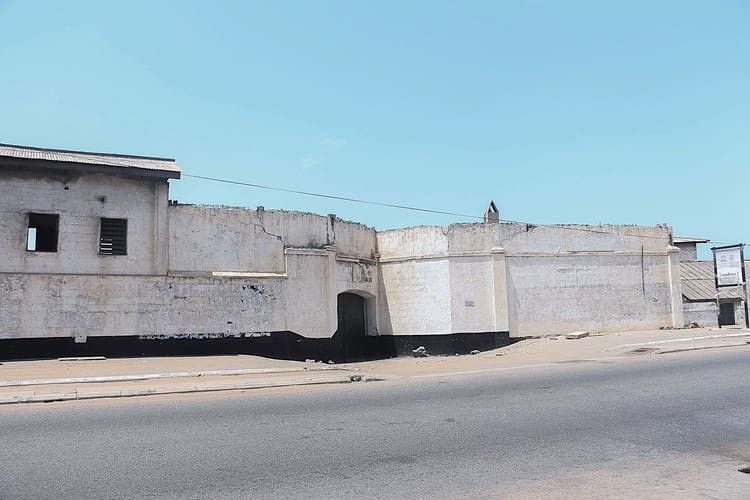
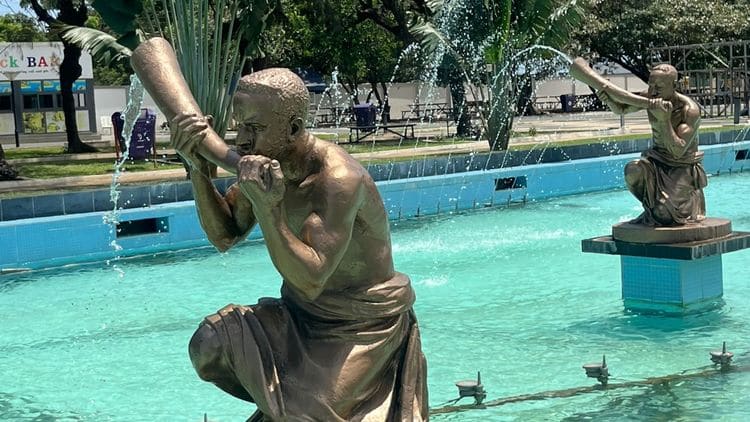
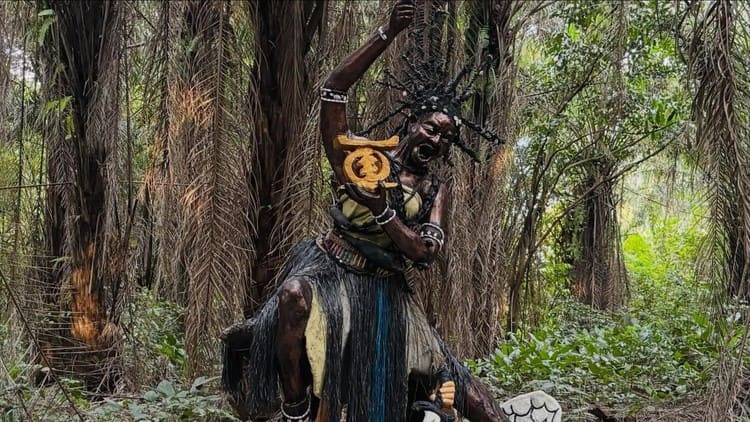
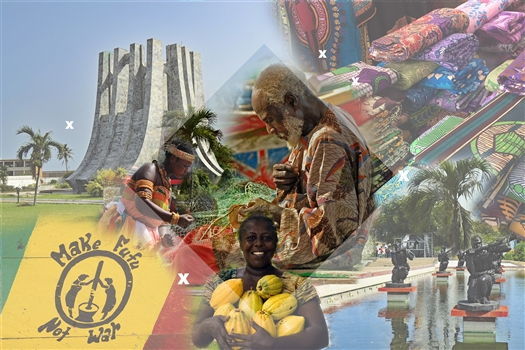
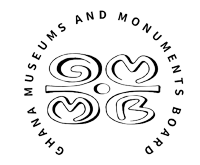

Comments